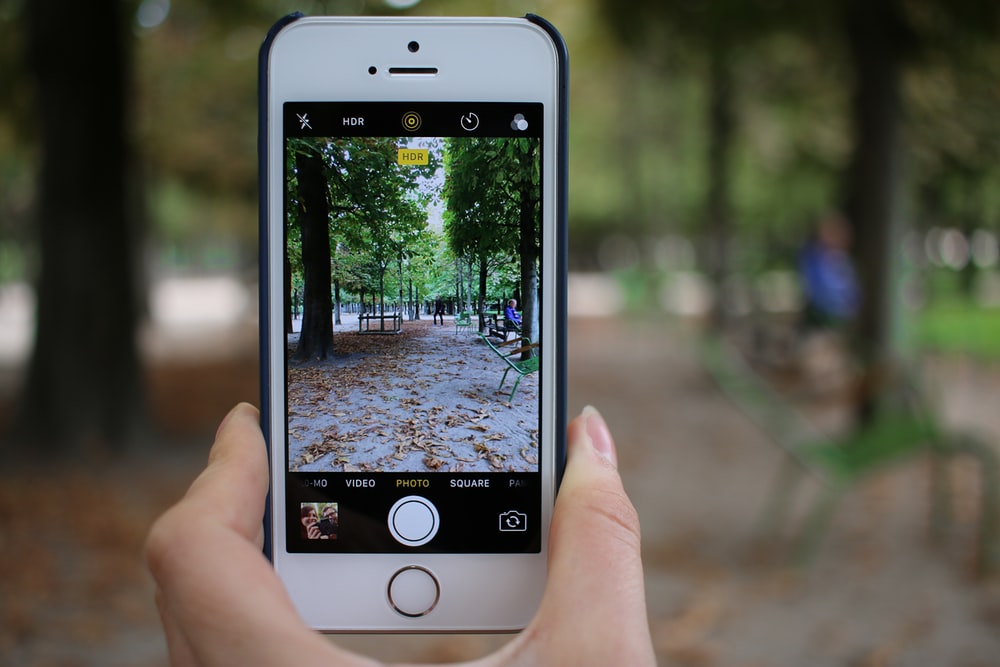If you were behind a flash last week we saw the types of external flashes on the market . This is undoubtedly one of the most important accessories when dealing with reduced light sources, since the flash itself is a light source. And what is photography but light?
But if you have already used an external flash, you may have noticed that sometimes this small accessory emits a huge amount of light that sometimes leaves a terrible effect on the subject photographed. Too much light.
3 TRICKS TO GET BETTER FLASH LIGHT
Today I bring you 3 small tips that will help you get the most out of your external flash, obtaining from it the right amount of light you need.BOUNCED LIGHT
It consists of illuminating the subject not with the direct light of the flash but bounced on a nearby surface such as the ceiling or wall. If your flash is tiltable up and rotating sideways, take advantage of it, turn it upwards pointing to the ceiling and shoot the subject, you will see that the light that reaches it is much softer and more subtle. If you are very close to the subject, turn the flash fully upwards, if you are at a certain distance from the subject then you will have to turn the flash a little less upwards, about 45º or so. The same applies with respect to bouncing it on a wall. Do it repeatedly and go experimenting. Try it and tell me in the comments how it has been given to you.UNIFORM LIGHTING
Doesn't it happen to you that sometimes, wanting to illuminate the subject in the foreground, you get a dark background? It is very ugly . To avoid that there are two things you can do:- It uses relatively slow shooting speeds. For example, shooting at 1 / 40s or 1 / 20s will allow the camera to capture much more backlight.
- Use the TTL of your flash. The TTL means that the flash will measure the power you have to use depending on the measurement that the camera makes of the exterior light. The camera observes the light, decides the power, and communicates it to the flash, and it obeys. This technology is called TTL and most good flashes have it. If yours has it, use it.
USE ACCESSORIES
The flash in turn has accessories, usually very cheap, that improve its result millions of times. The most "necessary" is the flash diffuser, a kind of semi-transparent white plastic cardboard that contains some of the intense light of the flash and softens it. Flash diffusers are extremely cheap, but if you do not have any on hand you can always use a piece of white paper, a Kleenex (which is unused please;)) or any white element that allows light to pass but in its fair measure. Applying these few tips you will not only notice an improvement in the use of your flash but you and he will become inseparable.Use the free HTML beautifier or subscribe for a membership to have even more features. You can purchase a license at htmlg.com


